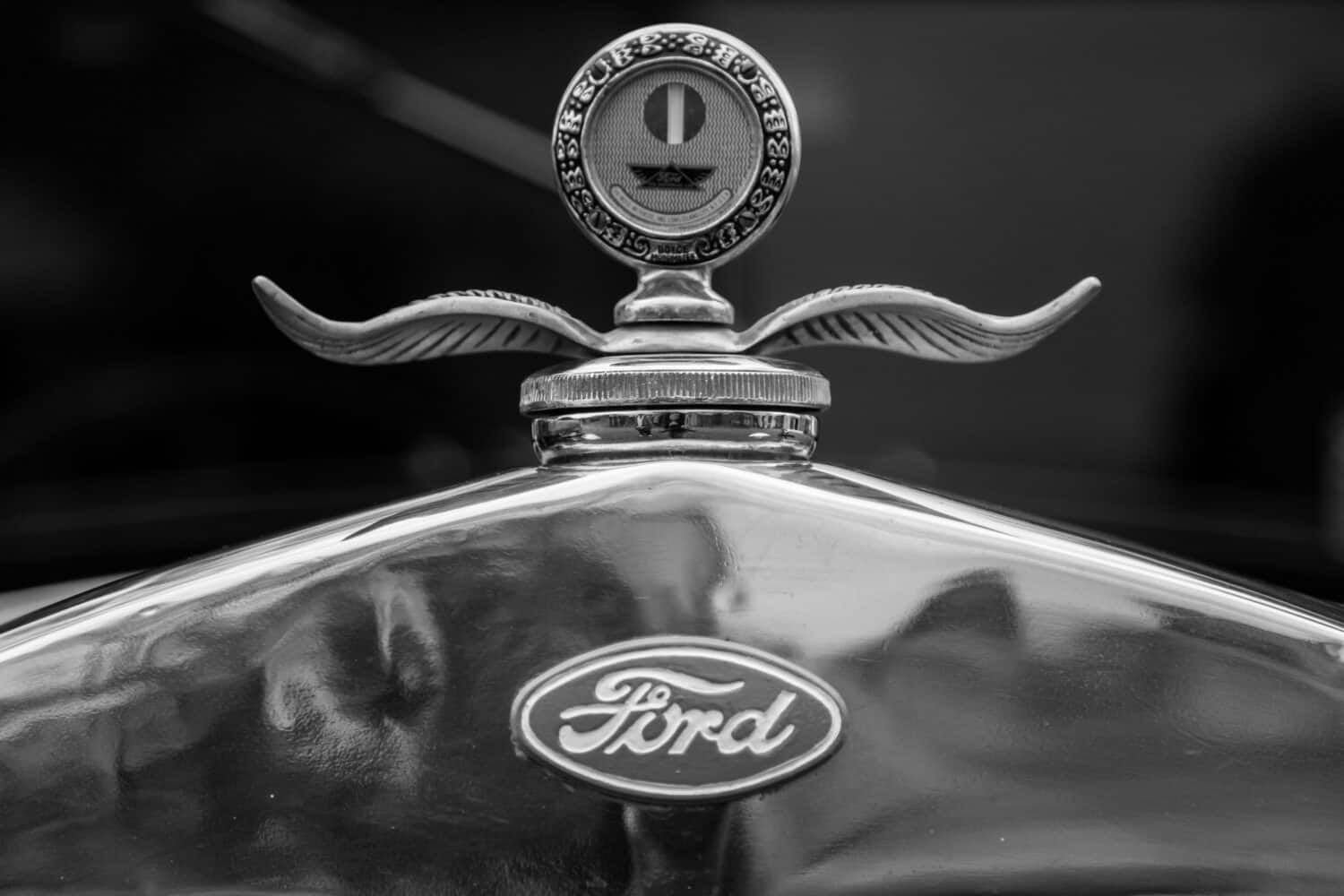Think back to a time when cars were not a prominent part of your life — that might seem almost impossible to imagine!
Surprisingly, gas-powered cars have only been around for the last 130-plus years, but what’s even more impressive is that many of the oldest car companies have been around even longer.
With millions of cars produced each year, it’s easy to ignore the history behind the name, crest, and logo of every vehicle. It’s also important to know that some cars were produced by the founders of many companies even before their brands were officially incorporated.
With that in mind, let’s take a look at the 10 oldest car companies in the world that have helped influence the world of transportation you know today.
#1: Peugeot
Widely considered to be the first car company in world history, Peugeot actually began as a coffee mill and steel foundry in 1810 after being founded by Armand Peugeot as a family business. The company would focus on various other businesses as well like manufacturing bicycles or kitchen equipment for the next 70 years until 1889.
It was in 1889 that Peugeot would try its hand at a steam-powered car, only to discover there were better methods available for automobiles. This car, made in partnership with Leon Serpollet, was essentially a steam-powered tricycle that they couldn’t make work exactly as intended. Instead, in partnership with another company, Peugeot and Serpollet utilized a gas-powered engine and created one of the world’s first automobiles.
Today, Peugeot has won multiple European Car of the Year awards and has a long history in motorsport racing. Unfortunately, the company would eventually be sold off to now-parent Stellantis, which also owns Maserati, Jeep, Chrysler, Fiat, and Alfa Romeo.

©Ssolbergj / Public domain, via Wikimedia Commons – Original / License
#2: Tatra
The year is 1850 and Czech-born Ignatz Schustala has the inspiration to begin manufacturing horse-drawn carriages. This business worked well until 1891 when Nesseldorfer Wagenbau-Fabriksgesellschaft, Schustala’s company, began turning its attention to the manufacturing of railroad cars, which was a growing business to help transport goods across the country.
A few more years would pass when in 1897 Schustala turned his company’s attention to the automobile and released the Prasident Automobile. Nesseldorfer would make various iterations of this vehicle until 1900 when engineer Hans Ledwinka designed the Type A, which could achieve 25 miles per hour. While only 25 models were manufactured, it would set the company down the path of making vehicles until 1999, when it turned its focus to all-wheel drive trucks as its sole production vehicle.
Even though the Tatra name wasn’t officially established until 1919, it still has the honor of being the second-oldest car company in history and the first automobile brand out of the Czech Republic.

#3: Opel Automobile GmbH
Founded by Adam Opel in Russelheim, Germany in 1862, Opel Automobile GmbH, or Opel as it’s most commonly known, began life as a sewing machine manufacturer. As soon as 1886 rolled around, Opel shifted gears toward producing bicycles but would find that, by 1899, a new demand was forming — the automobile industry.
After founder Adam Opel died, his widow, Sophie, and two sons began a partnership with Friedrich Lutzmann, an amateur automobile designer. Unfortunately, the first Opel models were not super successful with only 65 total cars being delivered, which would lead to a breakdown in the partnership with Lutzman.
However, Opel would carry on over the next two decades and create a few more models of automobiles. In the early 1920s, Opel would hit another landmark as it created a mass-production assembly plant, the first in German history, which led to even more success. Eventually, General Motors bought the company in 1929 impressed by its production capabilities, only to sell it in 2017, where it’s now owned by Stellantis.

#4: Mercedes-Benz
Arguably one of the best-known names on this list, Mercedes-Benz has a unique history as the combination of two companies which wasn’t officially formed until 1926.
However, one-half of the Mercedes name, Carl Benz, would launch his company, Benz & Cie, in 1883 in Mannheim, Germany. It was here that Benz would produce industrial machines, and in 1886, he unveiled his first gas-powered automobile. Benz would continue to produce multiple variations of the automobile, even achieving the world’s longest-distance automobile trip of 65 miles in August 1888.
Around the same time this was happening, Gottlieb Daimler and Wilhelm Maybach (also a car manufacturer) started the Daimler-Motoren-Gesellschaft automobile manufacturing company in 1890. Its first car would launch in 1892 followed by a second variant in 1895 with varying degrees of success up until 1926.
In 1926 both DMG and Benz & Cie were fighting against multiple economic forces taking place in Germany and, after back-and-forth negotiations, would merge to create Mercedes-Benz. The Mercedes name has its origins around the 1902 launch of DMG’s most successful automobile, the Mercedes.
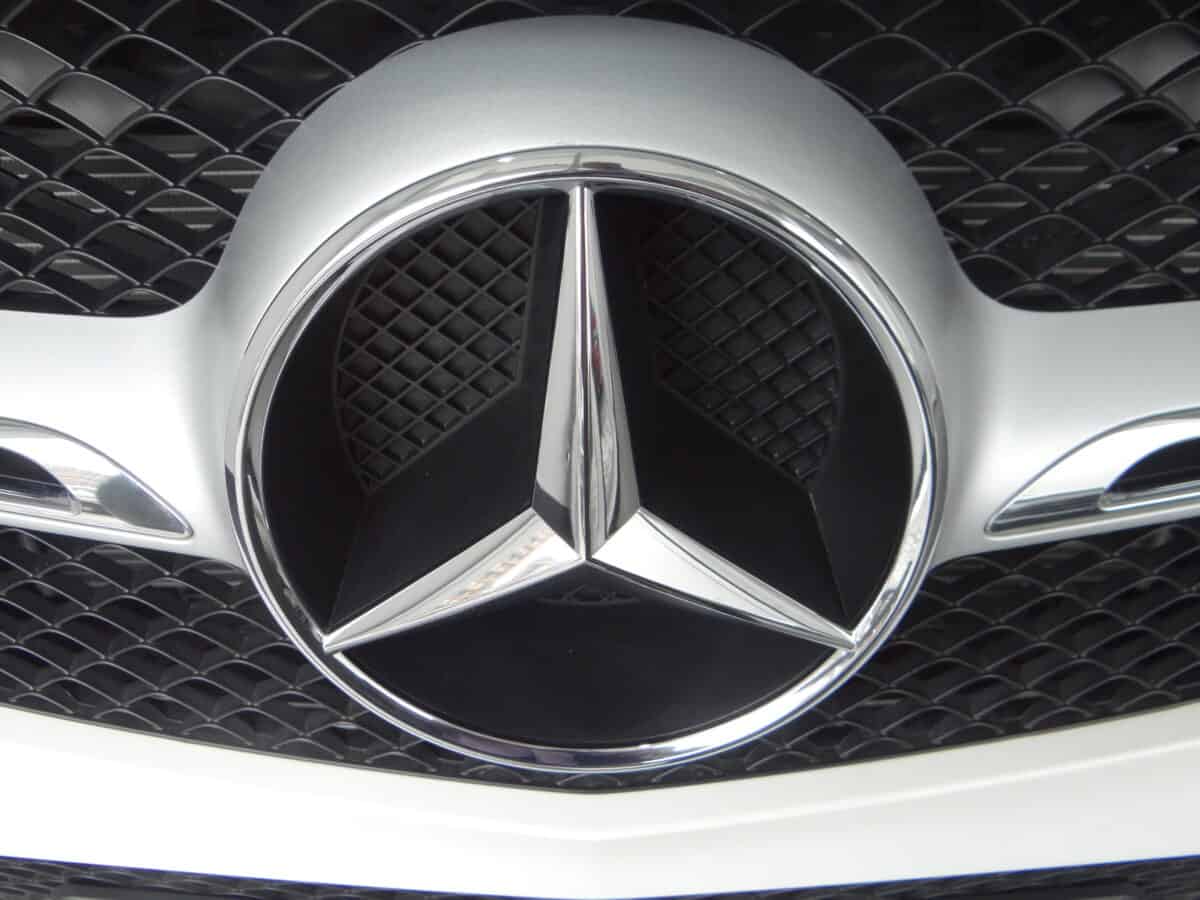
©David Adam Kess / Creative Commons Attribution-Share Alike 4.0 International license – Original / License
#5: Skoda Auto
Originally founded as Laurin & Klement in December 1895, this Czech-based automobile group wouldn’t actually begin car production in 1905. Like many companies that would become automobile manufacturers, Laurin & Klement started off producing bicycles and would do so for the next 15 years, when it changed its focus and began manufacturing automobiles.
Laurin & Klement would focus on manufacturing vehicles until 1925 when it was purchased by Skoda Works and changed its name to Skoda Auto. At the same time, the company began switching its vehicle manufacturing process to an assembly line in order to streamline resource use and lower costs.
Today, Skoda is owned wholly by the Volkswagen Group after being purchased in 1991 amidst numerous changes after the fall of communism and other economic squeezes taking place in the Czech Republic. Surprisingly, even while Skoda is regarded as the 5th oldest automobile producer, it’s only the 2nd oldest auto manufacturer from Czechoslovakia.
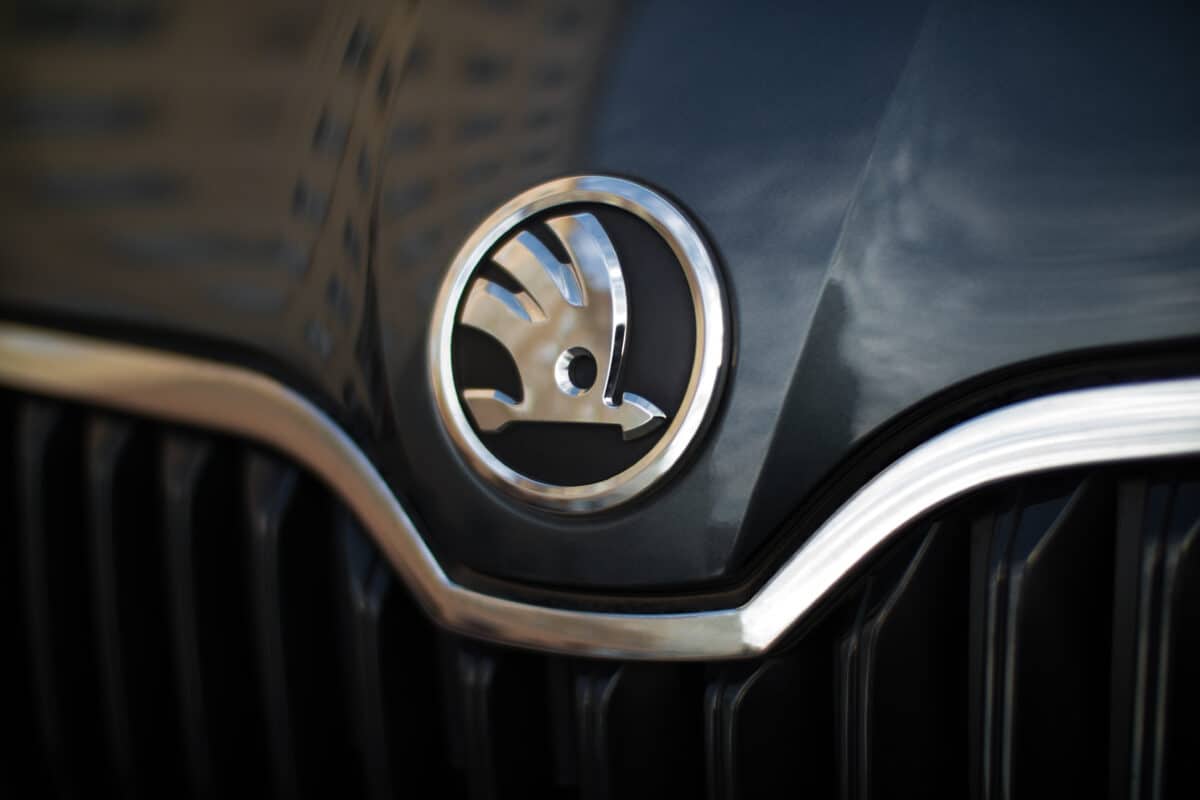
©Ivan Radic / Creative Commons Attribution 2.0 Generic license – Original / License
#6: Land Rover
Go back in time to the year 1896 and you will find the introduction of the Land Rover brand, the 6th oldest car company in the world. To be more exact, you will find the Lancashire Steam Motor Company which was founded in 1896 and is the precursor to Land Rover. Lancashire would keep its name until 1907 when it became Leyland Motors.
The Summer and Spurrier families who founded the brand began with producing steam lawnmowers before moving into steam-powered van production. The Spurrier family would control Leyland Motors until the last member of the family retired in 1965. However, the company changed hands once again in 1968 when it changed its name to the British Leyland Motor Corporation after joining forces with British Motor Holdings.
In 1975, it became a state-owned business. Finally, in 1986, the next name transition took place with the merger of British Leyland Motor Corporation and The Rover Group, which would form the Land Rover brand in 1968. Today, the Land Rover brand owns both the Land Rover and Jaguar names.

©Ivan Radic / Creative Commons Attribution 2.0 Generic license – Original / License
#7: Renault
The time was February 1899 and three brothers, Louis, Marcel, and Fernand Renault established the Renault Corporation, which is the 7th oldest car company in history. Louis was the engineering-focused brother and it was his prototype automobile designs that he showed to his brothers when they decided to set up a business. Both Marcel and Fernand ran the business side of the work while Louis was free to help design the Renault Voiturette 1CV. Only one vehicle was built and sold to a friend of Louis.
By 1903, Renault was producing its own engines, which would help lead the company to sell a fleet of taxis in 1905. As 1907 rolled around, both London and Paris saw almost the entirety of their taxi lineup bearing the Renault logo and name. The same goes for New York City, where Renault was the best-selling foreign car brand between 1907 and 1908.
While Renault tried its hand at multiple industries over the next few decades, it would eventually pare down non-vehicle offerings and come back to just producing and manufacturing the automobile. Today, the Renault brand offers 4 separate business units including Alpine, Mobilize, Dacia, and Lada. Renault also has a 15% ownership in Nissan while 15% of Renault is also owned by the French government.
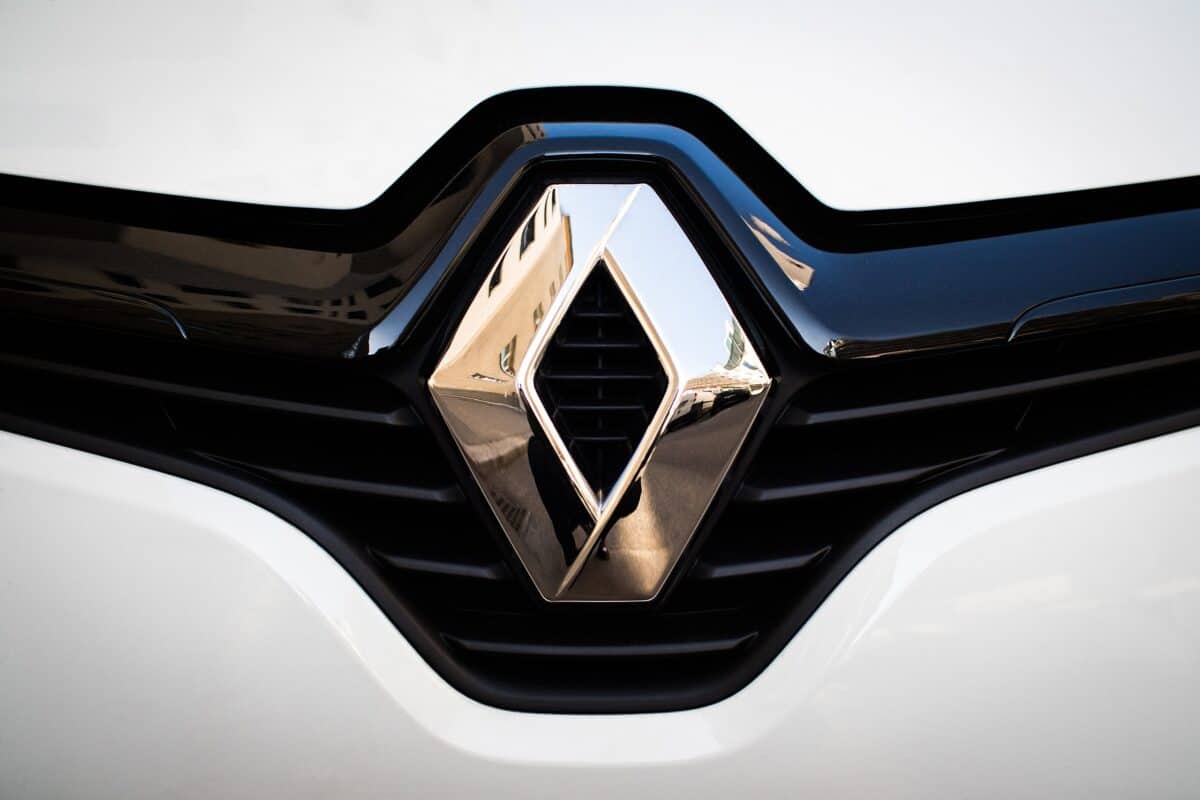
©Ivan Radic / Creative Commons Attribution 2.0 Generic license – Original / License
#8: Fiat
Originally known by its full name Fabbrica Italiana Automobili Torino, Fiat was the brainchild of Giovanni Agnelli in 1899. Today, Fiat is known as the largest automobile manufacturer in Italy and is currently a part of the Stellantis group of brands.
Before it became an Italian staple, Fiat’s origins can be traced back to the year when the company had 35 staff members who made 24 cars in one year. By 1906, Fiat had gained invaluable knowledge about production methods and was able to increase its production to over 1,149 vehicles. In fact, Fiat grew so fast that, by 1910, it became the largest automobile manufacturer in Italy, and by 1925, it controlled 87% of the Italian car market.
Fast forward to the modern day and Fiat still focuses heavily on the European market as its mainstay for automobile production. Its smaller vehicles are well-suited for the tighter roads of European cities and villages. Even though Fiat began producing vehicles in the U.S. in 1908, it has still failed to capture any meaningful market share.
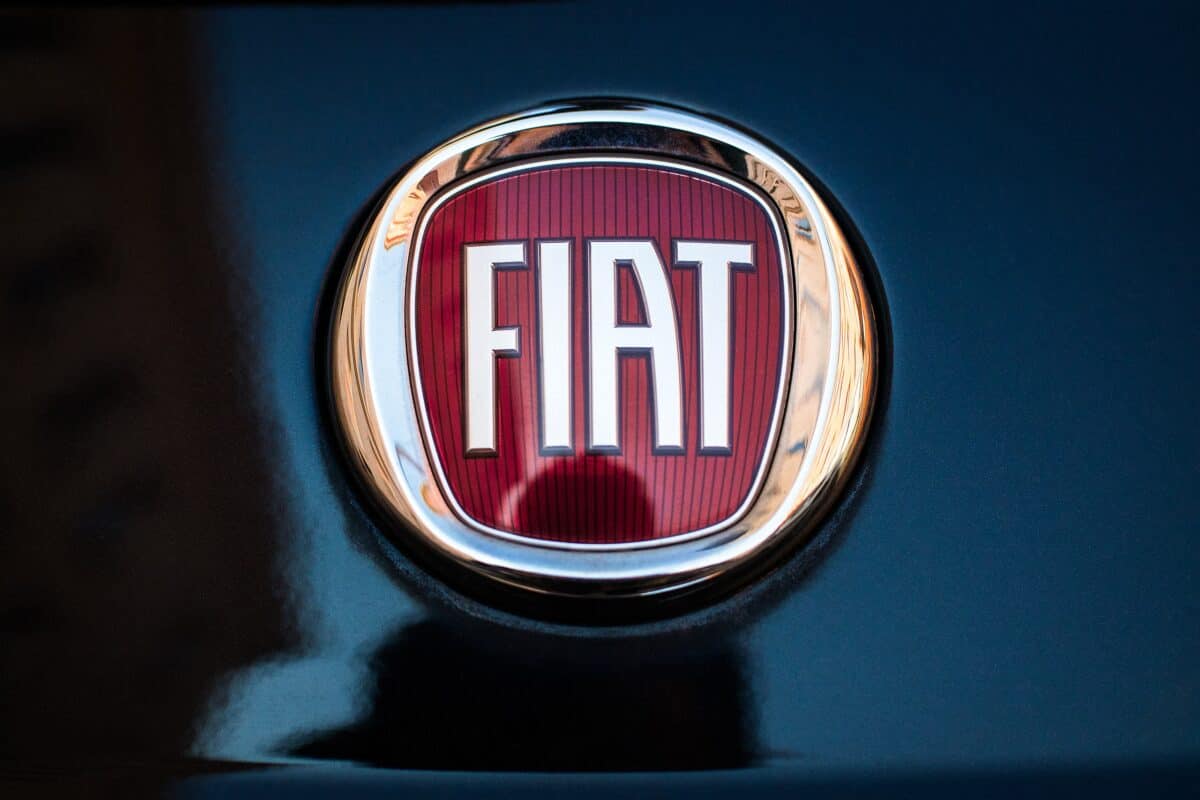
©Ivan Radic / Creative Commons Attribution 2.0 Generic license – Original / License
#9: Ford
The founding of Ford is something of an interesting twist of fate and being at the right place at the right time. The origins of the company actually trace back to August 1899 when the Detroit Automobile Company was created by automotive mechanic Henry Food and 12 investors. Unfortunately, it was not a successful partnership and the company quickly floundered.
Where a little bit of fate comes into play is that Henry Ford quickly set up The Henry Ford company in November 1901. When Ford left the company in 1902, his investors were not ready to quit, so they brought in Henry M. Leland who persuaded the investors to create a new company. This new company was known as the Cadillac Automobile Company, which was established in August 1902 and still lives on today as a luxury American automobile manufacturer.
Finally, at 39 years old, Henry Ford would find that his third attempt was his best, and so on June 16, 1903, he incorporated the Ford Motor Company. The rest, as they say, is history, as Ford has become one of the world’s most important and most profitable automobile companies of all time.
Ford’s release of the Model T in 1908 helped put affordable cars on the map and is widely regarded as being responsible for the automobile industry as you know it today.
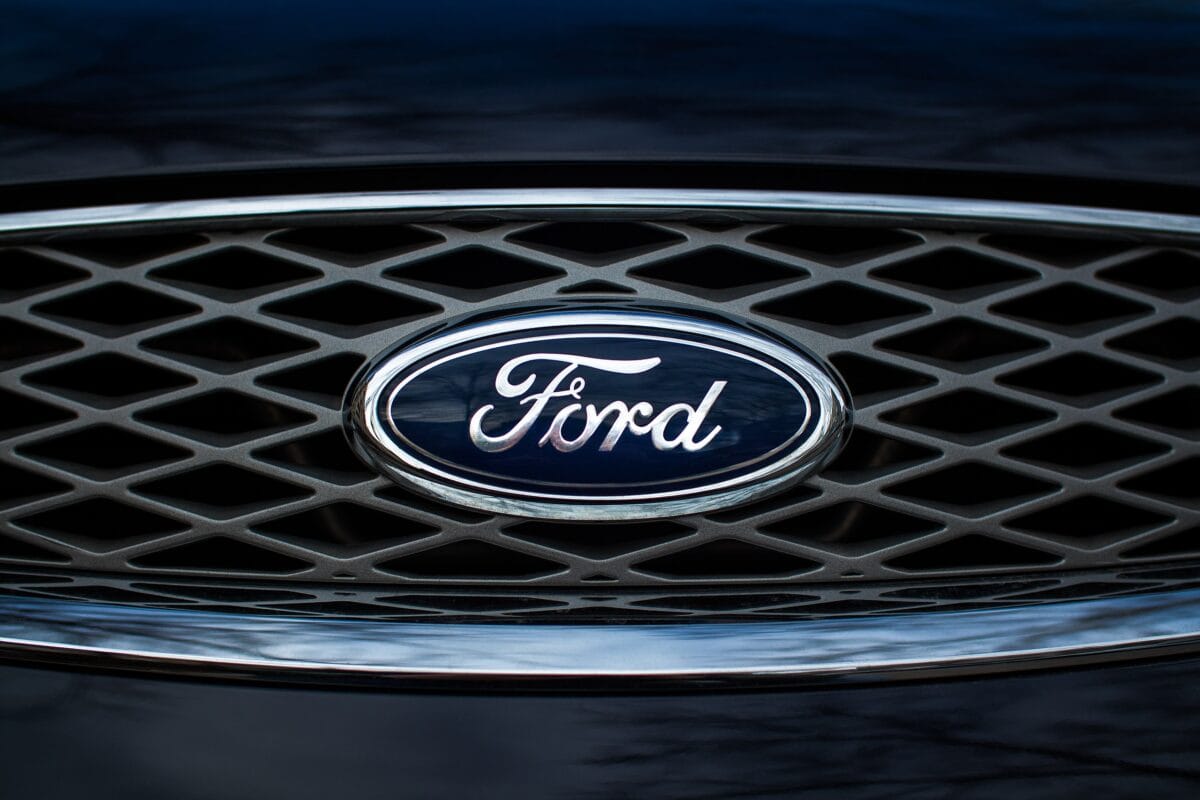
©Ivan Radic / Creative Commons Attribution 2.0 Generic license – Original / License
#10: Dodge
Originally founded as the Dodge Brothers Company, brothers Horace Elgin Dodge and John Francis Dodge would start their namesake business in 1900. Based in Detroit, the Dodge brothers took advantage of a growing automobile industry in the area and manufactured chassis and engine components for various automobile manufacturers.
Coincidentally, the Dodge brothers supplied parts for both Ford and another company known as Oldsmobile. Their business took a 10% stake in Ford to supply Henry Ford with parts. However, the brothers would go out on their own in 1913. It took just one year before the Dodge company would roll out the Dodge Model 30-35, which was slightly more expensive than the Model T but also offered a more luxurious interior.
By 1916, Dodge was second to Ford in automobile sales across the U.S. and continued to enjoy success over the next few years. By 1920, as both Dodge brothers died from various diseases, company sales declined and led to a sale to the Chrysler corporation in 1928 in exchange for $2.8 billion dollars in today’s money.
The Oldest Car Companies in the World: Summary
| Rank | Name | Year Founded |
|---|---|---|
| #1 | Peugeot | September 1810 |
| #2 | Tatra | 1850 |
| #3 | Opel Automobile GmbH | January 1862 |
| #4 | Mercedes-Benz | 1883 |
| #5 | Skoda Auto | 1895 |
| #6 | Land Rover | 1896 |
| #7 | Fiat | 1899 |
| #8 | Renault | February 1899 |
| #9 | Ford | August 1899 |
| #10 | Dodge | 1900 |
Wrapping Up
The history of car companies is one of the most fascinating stories in all of human history. Few inventions have changed the world for the better like the automobile.
Even as many of these companies have had their share of troubles over the years and finding overnight success was not easy, their influence cannot be overstated. Automobiles have assisted in world wars, growing the suburbs, changing how you travel to and from work, and more. There is no question that the automobile has become one of the most integral parts of nearly every country on Earth.
The image featured at the top of this post is ©Sintia Weber/Shutterstock.com.
